1. Overly Structured Activities
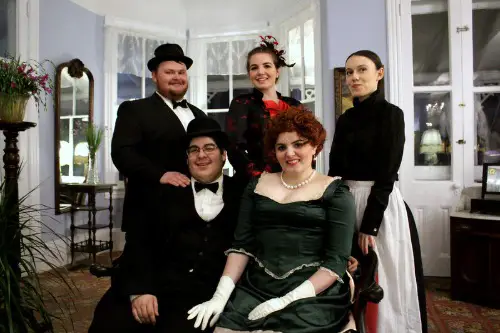
Game nights, wine tastings, or murder mystery dinners can be fun—but if the schedule is too rigid, guests may feel like they’re being managed instead of welcomed. Not everyone wants to participate in every activity, and forcing it can create discomfort. It turns a casual hangout into a performance. And it leaves little room for organic connection.
Offer activities as options, not obligations. Let people opt in or out without pressure. The best gatherings have a natural flow, not a strict itinerary. Flexibility is the secret to a good time.
2. Overly Formal Tablescapes
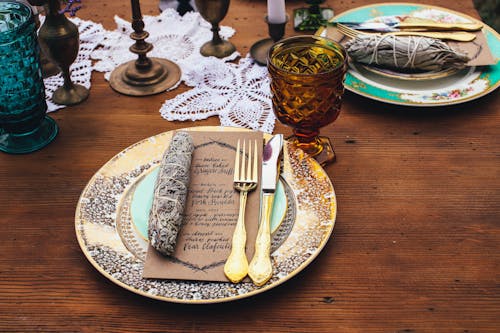
Elaborate place settings with multiple forks, name cards, and layered chargers can look stunning—but they can also make guests feel like they’re at a wedding, not a relaxed gathering. If people are unsure which glass to use or afraid to move a decorative napkin, the vibe becomes stiff. It’s easy to forget that comfort matters more than coordination. A table that’s too perfect can feel intimidating.
Simplify where you can and leave room for personality—like mismatched plates or a casual centerpiece. Let the setting support the experience, not overshadow it. Guests want to feel welcome, not like they’re being graded on etiquette. A little imperfection makes things warmer.
3. Hyper-Curated Menus with No Flexibility
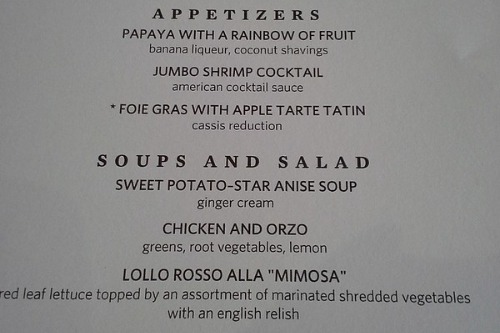
A themed dinner with a set menu might look impressive, but if it doesn’t account for dietary needs, it can leave guests feeling overlooked. Vegan, gluten-free, or allergy-friendly options are often missing from these tightly planned meals. When someone has to quietly skip half the dishes, it’s hard for them to feel included. A beautiful spread means nothing if not everyone can enjoy it.
Instead, build in a few flexible dishes—like a customizable salad, a plant-based entrée, or a dessert without common allergens. Ask guests ahead of time if they have restrictions. Thoughtful hosting is about making everyone feel seen. Inclusivity is always more memorable than presentation.
4. “Instagrammable” Everything
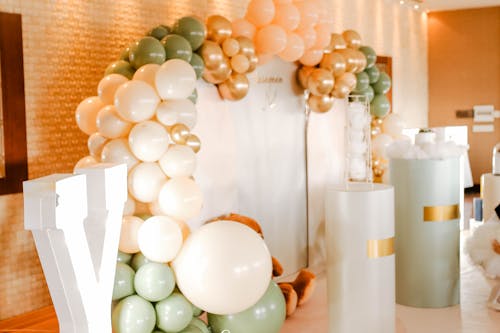
When every corner of your party is styled for photos—from the balloon arch to the color-coded snacks—it can start to feel more like a content shoot than a celebration. Guests may feel like extras in someone else’s highlight reel. It shifts the focus from connection to curation. And it can make people self-conscious or out of place if they’re not dressed for the aesthetic.
Instead, prioritize comfort and conversation over photo ops. A few fun details are great, but they shouldn’t dominate the experience. The best moments aren’t always the most photogenic. Let the night be about people, not posts.
5. Music That’s Too Loud or Too Niche

A carefully crafted playlist can set the mood—but if it’s blasting at club volume or filled with obscure tracks only you love, it can alienate guests. People end up shouting over the music or zoning out because they don’t recognize anything. It’s a subtle way of making the party about the host’s taste, not the group’s vibe. Music should invite people in, not push them out.
Keep the volume low enough for conversation and mix in familiar songs with your favorites. Read the room and adjust as needed. A great playlist is background, not a performance. It should enhance the energy, not dominate it.
6. Exclusively “Elevated” Food and Drink

Serving only craft cocktails, natural wines, or chef-level small plates might impress some guests—but it can also leave others feeling out of their depth. If someone doesn’t drink or prefers simpler fare, they may feel like there’s nothing for them. It’s a subtle form of gatekeeping through taste. And it can make people feel like they don’t belong.
Balance the fancy with the familiar—offer a mocktail, a classic beer, or a crowd-pleasing snack alongside the elevated options. Hospitality means meeting people where they are. A good host makes everyone feel catered to. Not just the connoisseurs.
7. No Seating Plan—or Too Much of One

Letting guests “sit wherever” might seem casual, but it can lead to awkwardness, especially if people don’t know each other. On the flip side, assigning every seat down to the napkin ring can feel overly controlling. Both extremes can make guests feel uncomfortable. The key is thoughtful guidance, not rigid rules.
Create natural groupings with enough chairs and a few conversation zones. Gently steer people toward seats if needed, but let them settle in on their own. Comfort comes from feeling considered, not corralled. A little structure goes a long way.
8. Overemphasis on Aesthetic Dress Codes
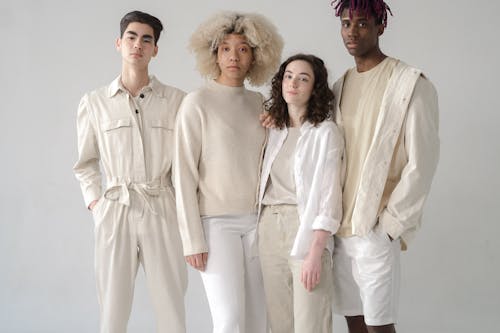
Asking guests to wear all white, dress “coastal chic,” or match a color palette might seem fun—but it can also create stress or exclusion. Not everyone has the wardrobe—or the budget—to meet niche style expectations. It turns a casual invite into a fashion assignment. And it can make people feel self-conscious before they even arrive.
If you do want a theme, keep it loose and optional. Focus on the vibe, not the visuals. People should feel excited to show up, not worried they’ll stand out. The best parties are about presence, not presentation.
9. Hosting Without Accessibility in Mind
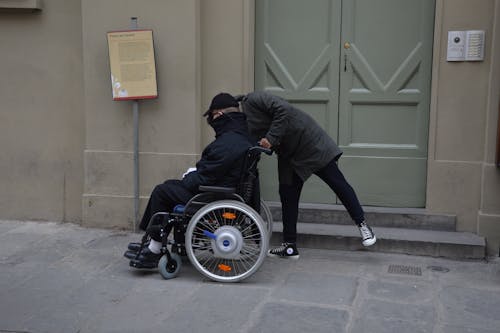
Stairs with no railing, no seating for older guests, or a lack of dietary and sensory considerations can unintentionally exclude people. It’s not always obvious, but it sends a message about who the space is designed for. When guests have to ask for accommodations—or worse, can’t attend—it’s a missed opportunity for connection. Accessibility is hospitality.
Think ahead: Is there a quiet space for someone who needs a break? Can everyone reach the bathroom easily? Are there options for people with mobility or sensory needs? A truly inclusive gathering is one where everyone feels welcome without having to ask. Thoughtful design is the most generous kind.
This post 9 Entertaining Trends That Are Quietly Excluding Your Guests was first published on Greenhouse Black.
